Description of the tomato variety Country pet, its characteristics and productivity
Summer residents are often confused among the variety of tomato varieties and hybrids. And in this regard, they ask the following questions. Which variety to choose: determinant or indeterminate? Pollinated by bees or parthenocarpic? Which of these varieties give the best yield? Now we will try to answer these questions and conduct a review of the Dacha pet tomato.
Characteristics of the variety Country favorite
Description of the variety - early maturing, determinant. The bush reaches a size of 60 centimeters and stops growing. Simple inflorescences and large green leaves are formed on the tomato. The plant requires shaping and a garter. The fruits are large - the mass of one tomato reaches 300 grams, red, slightly ribbed, flat-round in shape. The pulp is of medium density, juicy, up to 6 chambers with seeds are formed in a tomato.
The taste of tomatoes is sweetish with sourness. The yield is average: up to 8 kilograms of the crop are removed in greenhouses.
Positive characteristics
The variety is popular among summer residents, so it received many positive reviews about the qualities of the tomato Country favorite. Gardeners note:
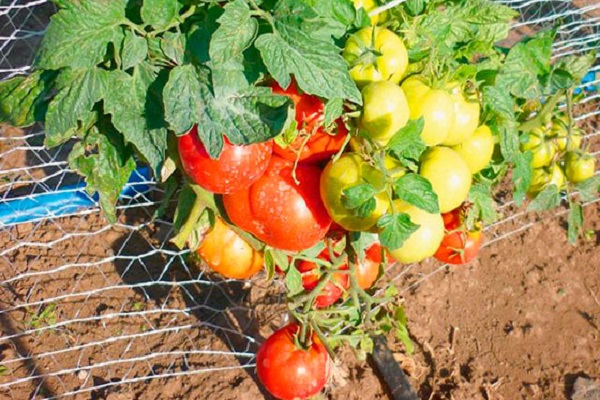
- resistance to many diseases;
- high taste characteristics;
- excellent commercial quality of fruits;
- ease of plant care.
Which is better: determinant or indeterminate?
In order to understand which tomato is best suited, you need to know the meanings of these words:
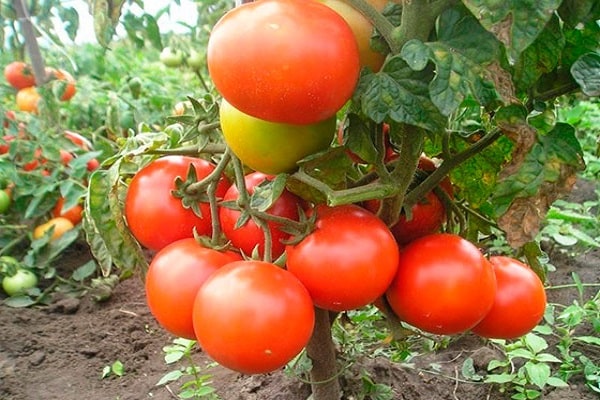
- Determinant is a stem with limited growth, it grows to a certain height, and the last point of growth ends in an ovary. Such bushes are usually planted in open areas where there is nowhere to tie the bushes.
- Indeterminate is a stem with unlimited growth, lateral shoots in this case are not formed, and branches with tomatoes appear instead of leaves. The characteristic is as follows - if the growth of this stem is not stopped, then it will bear fruit until frost. Usually such tomatoes are grown in greenhouses, these varieties are the most popular in industry.
- There is another undersized species - standard, it does not require a garter, pinching and trimming leaves. It grows in both open and closed areas. But due to the small growth, the yield is small.
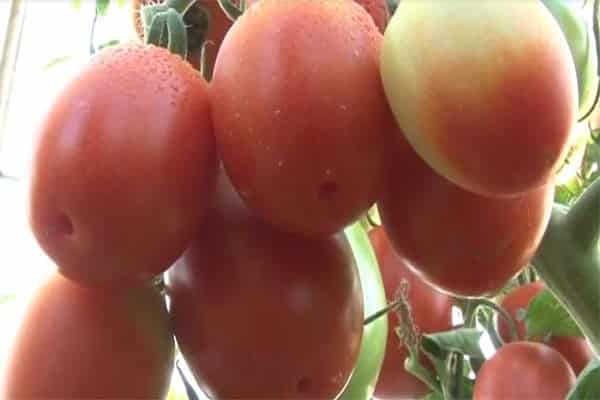
What does bee pollinated and parthenocarpic mean?
Tomato bushes, pollinated by bees, are planted in areas where insects have access to plants. If the bushes are planted in a greenhouse, it should be opened during the day for insect access.
Parthenocarpic hybrids do not require pollination, the ovaries are formed from female flowers, which in these plants prevail over male-type flowers.These tomatoes are recommended to be planted indoors, where there is no access to insects.
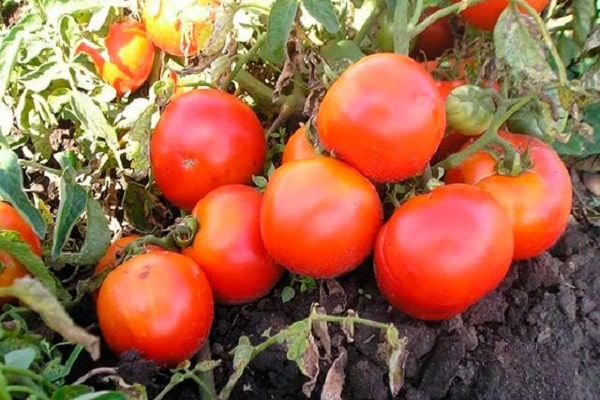
So, we figured out the terminology, now we will consider the reviews of summer residents who constantly grow tomatoes on their plots.
Reviews of gardeners
Tatyana Vladimirovna writes: I plant both, so the harvest ripens all season. Early maturing undersized begin the marathon, and tall ones bear fruit until late autumn. But this is in the greenhouse.
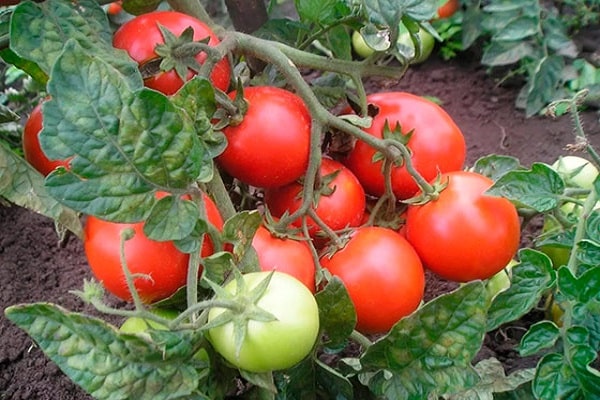
Galina Arkadyevna writes: I always plant indeterminate varieties on open beds, they take up the same place as low-growing ones, and the harvest ripens until late autumn.
The analysis showed that there are no better tomatoes for gardeners. Everyone chooses for himself a tomato that is suitable for his garden. Low-growing ones give less yield and bear fruit in a shorter period. Tall ones bear fruit before frost, in order to stop the growth of such a plant, you just need to pinch the top.
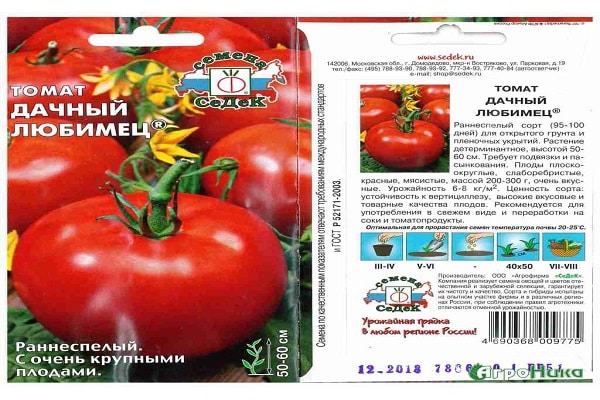
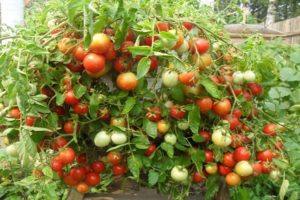
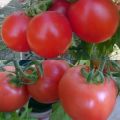
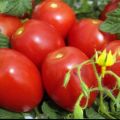
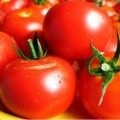
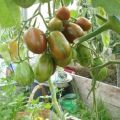
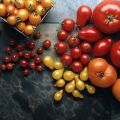
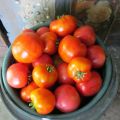

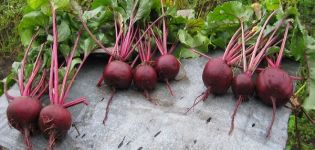
Tomatoes of this variety are very tasty and, it seems to me, even smells stronger than other varieties. Last summer I tried the activator BioGrow, so the fruits grew larger, and no sores were sticking to the tomatoes throughout the fruiting season.